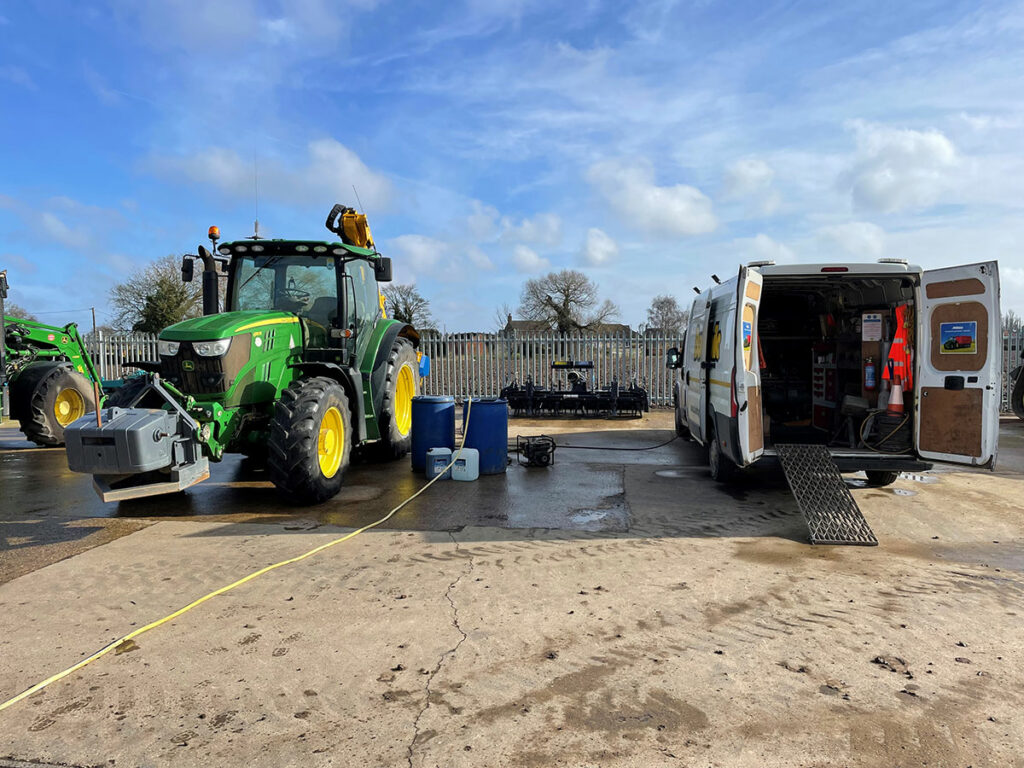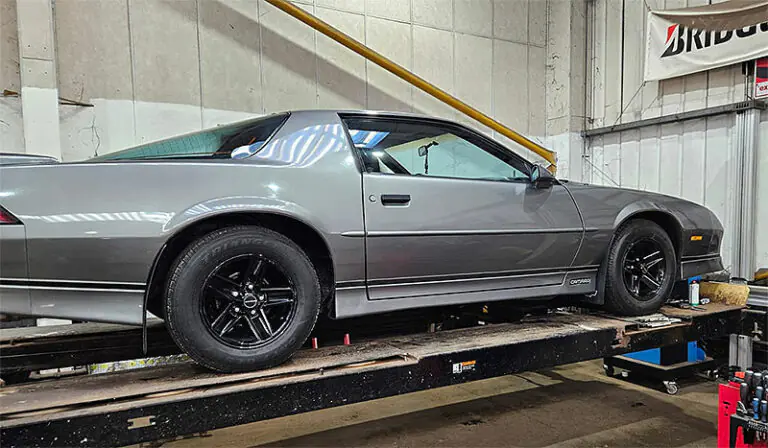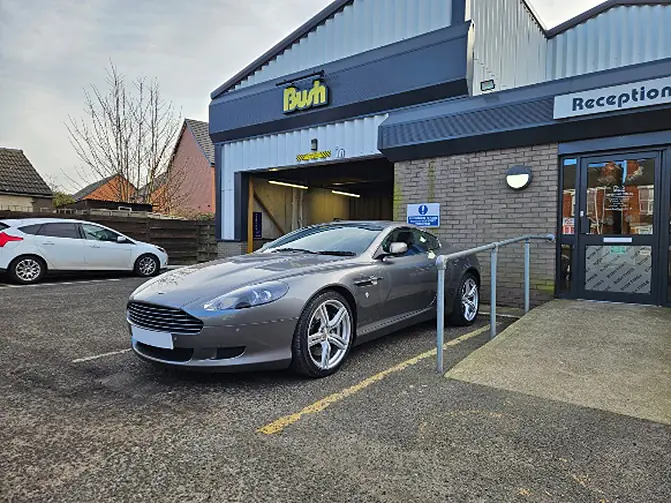Are tractor tyres filled with water? The benefits of Tractor Ballasting.
Article written by Bush Tyres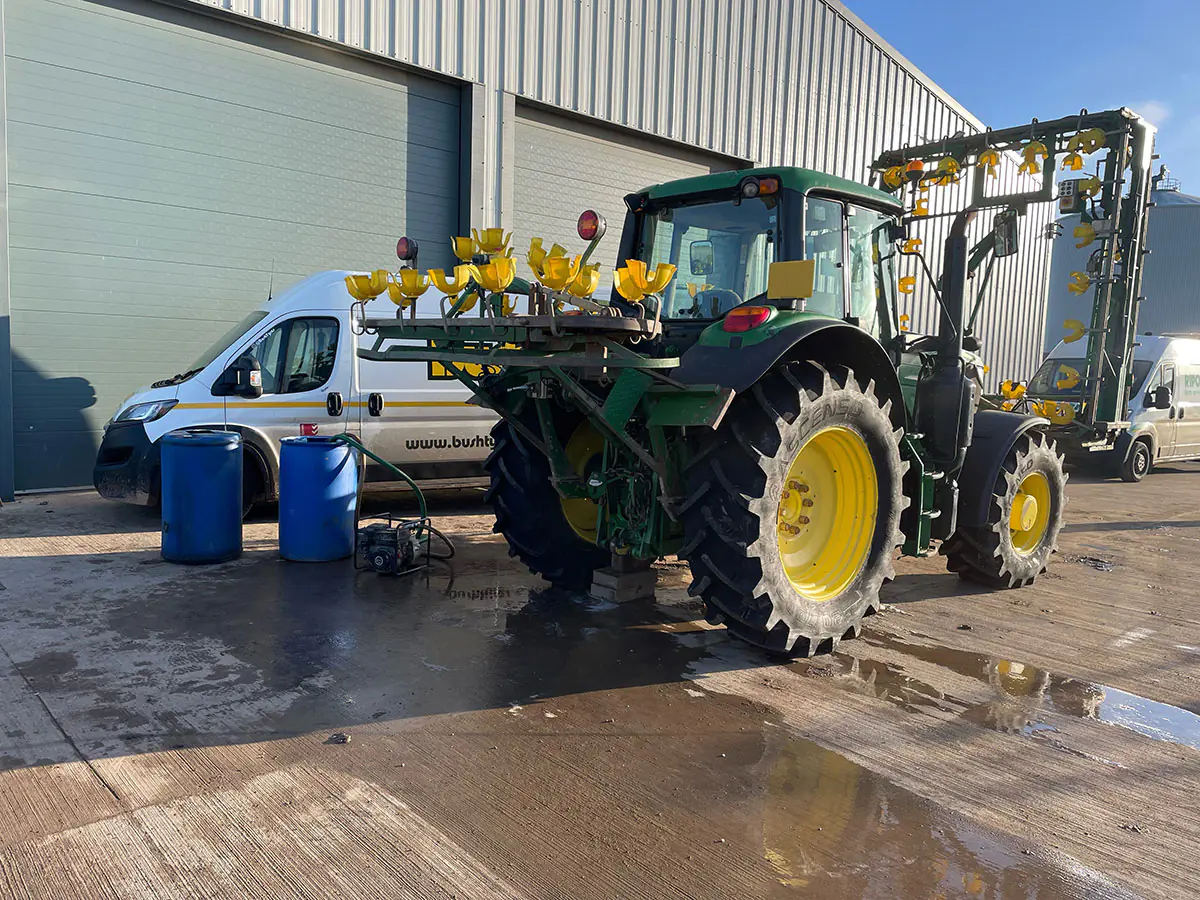
Ballasting Tractor Tyres, what it is and when it is needed?
Tractor performance starts with having the correct tyres fitted and inflated correctly. Tractor tyres are designed to deliver engine power to the ground, but if there isn’t enough weight applied to the tyres, there will be too much tyre slip. As tractor power increases, the tractor weight must also increase. This is why correct ballasting is so important in obtaining optimum performance in the field.
Ballast is mass added to the tractor chassis and/or wheels to increase the total weight of the tractor and/or influence the weight distribution between the front and the rear axle.
The static weight distribution between the front and rear axles is called ‘weight distribution’. Static means that the load on the front and rear axles is determined when the tractor is stationary. Weight distribution is expressed as a percentage of the total tractor static weight supported by the front and rear axles. For example, if the front axle supports 40% of the total static weight of the tractor, the tractor has a 40/60 weight distribution. The percentage of weight on the front axle is always stated first in this form.
Properly ballasting a tractor means having the correct total weight for your application and having the correct weight on the front and rear axles. A tractor correctly ballasted for a given type of implement, trailed, fully mounted or semi-mounted, has both the correct total weight and the correct weight distribution for that type of implement.
The amount of ballast required, and especially the locations of ballast, depend on the type of implement being used and the field travel speed. Ballasting is required to provide sufficient traction to efficiently pull for high-draft loads, and to ensure that with high draft loads the front axle carries sufficient weight for steering and stability, for both field and road transport operations.
Sufficient weight on the rear axle is required to ensure traction, braking and stability when a loader or other front mounted implements are attached to the tractor. Ballasting is also required to provide the correct fore-aft balance to minimise “power hop”. When changing from one implement to another it may be necessary to reconfigure the ballast on the tractor. For example, if a tractor has a mounted implement fitted such as a plough, when in the raised position, the plough will increase the load on the rear axle and subtract some of the load from the front axle. This is called weight or load transfer. In this case it may be necessary to add more weight to the front of the tractor.
There are various types of ballast and methods of adding weight to your tractor. Cast iron weights are the preferred form of ballast. In some cases, it may be necessary to remove either front or rear ballast. A front hitch, or three-point linkage make it quick and easy to add or remove front ballast. Installation and removal of weight on the outside of rear wheels will require the use of a forklift or crane. Unless changing wheels, removal of inner rear wheel weights should not be required after installation at the factory or dealership. Front weights are available in two forms, suitcase weights or a monster weight. Suitcase weights of around 50kg each can be installed on a front weight carrier bracket or front linkage, or a single large weight block (monster weight) of around 900kg can be installed on a carrier bracket or preferably mounted on the front linkage.
Due to the leverage effect, front weights cause more load to be applied to the front axle, while removing an amount of weight from the rear axle, this is called load relief. As an example, each 50kg suitcase weight mounted to a front weight carrier bracket can add 75kg to the front axle and subtract 25kg from the rear axle. When mounted on a three-point linkage, each 50kg suitcase weight can add around 90kg to the front axle and subtracts around 40kg from the rear axle. The exact amount of weight transferred will depend on individual tractor geometry, the type of weight and the attachment location. If the tractor has front three-point linkage, the weight of the linkage itself will affect front and rear axle loads.
Rear wheel weights are available in various sizes depending on the make and model of tractor. The individual weight sizes can vary from around 75kg each up to around 650kg each. Each rear wheel weight applies load to the rear axle and subtracts nothing from the front axle.
In specific cases, to increase traction weight or to lower the tractor’s centre of gravity, both tubeless and tube type tyres can be ballasted with liquid. Agricultural tractor wheels and tubes are usually fitted with brass air and water valves. The tyres can be filled with liquid, a mixture of water and anti-freeze up to 75% volume of the tyre. As the volume of air providing pressure in the tyre is low, around 25% of the volume of the tyre, more frequent tyre pressure checks are essential. If possible, liquid ballast in modern radial tyres should be avoided, as filling tyres with water has a stiffening effect on the tyre, can cause a rough ride and can make the tractor more susceptible to power hop.
The correct amount of ballast required will depend on the tractor’s horsepower, it’s ground speed during field draft applications and the type of attachment or implement the tractor is operating with.
When adding weight or removing weight from the front or rear of your tractor, always check and adjust the tyre pressures for the load on the tyres.



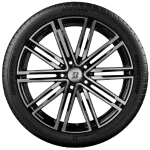 Tyres
Tyres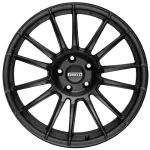 Services
Services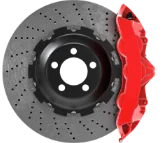 Fast Fit
Fast Fit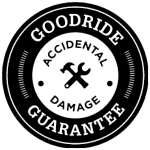 Offers
Offers